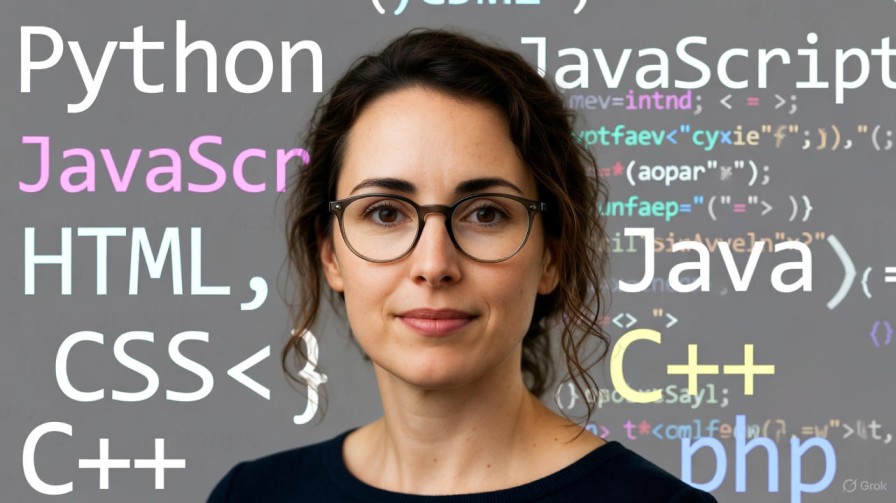You Should Learn How to Vibe Code, Says Google Brain Founder

A new programming philosophy called “vibe coding” is gaining attention after the founder of Google Brain said developers should learn to embrace it. The idea highlights a shift toward AI-assisted intuition over traditional, rigid coding workflows. As generative AI reshapes software development, the concept reflects how programmers may work in the near future—and why adaptability matters more than ever.
Background: Coding Is Undergoing a Paradigm Shift
For decades, software engineering was all about syntax precision, structured thinking, and manual debugging. But the rise of AI coding assistants—powered by massive language models—has fundamentally changed the workflow. Developers increasingly describe their intentions, and AI generates functional code. This trend has accelerated rapidly as companies integrate AI copilots into IDEs, cloud platforms, and mobile frameworks.
What Is “Vibe Coding” and Why It’s Trending
The founder of Google Brain explained that “vibe coding” refers to programming by guiding an AI system with high-level ideas, natural language instructions, iterative feedback, and creative exploration—rather than writing every line manually.
It’s essentially coding by collaboration rather than construction. The developer focuses on:
- Describing the vision
- Tweaking outputs
- Setting constraints
- Judging quality
- Exploring multiple paths quickly
This mirrors the way designers use AI for art, or musicians use AI to generate beats—only now, the same intuitive flow applies to building software.
The shift is already visible in AI coding tools that autocomplete entire functions, generate test suites, or scaffold full applications based on prompts.
How Vibe Coding Works (A Simple Breakdown)
Instead of following a strict plan, vibe coding encourages developers to:
- Prompt the AI with intent: Describe what the product or function should achieve.
- Let the AI draft the structure: The system generates initial code and architecture.
- Iterate conversationally: Developers refine outputs by giving feedback or adjusting parameters.
- Test and shape the result: Human judgment ensures the final version is safe, reliable, and correct.
It’s less like compiling and more like co-creating with a highly skilled partner.
Why This Matters
Experts argue that vibe coding can:
- Speed up development cycles
- Lower barriers to entry for new programmers
- Let engineers focus on design, strategy, and logic
- Encourage creativity through rapid prototyping
- Enable small teams to build complex products faster
For many, it reflects a future where developers are directors, not manual laborers—steering AI systems that do the heavy lifting.
Challenges and Concerns
Despite its appeal, vibe coding comes with critical caveats:
- Risk of over-reliance on AI, reducing foundational programming skills
- Potential for hidden bugs in generated code
- Lack of transparency in model decisions
- Ethical concerns around ownership and accountability
- Need for strong human oversight to ensure safety and security
Traditional expertise remains essential, especially in high-stakes systems like healthcare, finance, and infrastructure.
What’s Next: A New Era of Developer Roles
As AI-driven tools continue to mature, vibe coding may become a standard mode of development—especially for prototypes, apps, automations, and creative software.
Analysts expect new roles to emerge:
- AI software orchestrators
- Prompt engineers with coding fluency
- Model reviewers and safety auditors
The line between coding and conceptual design is likely to blur even further.
Conclusion
The Google Brain founder’s endorsement of “vibe coding” highlights a profound shift in the way software will be built. While not a replacement for technical depth, this intuitive, iterative approach reflects how developers could thrive in a world where AI is a true creative partner. Whether embraced fully or cautiously, it’s a trend the tech world can't ignore.